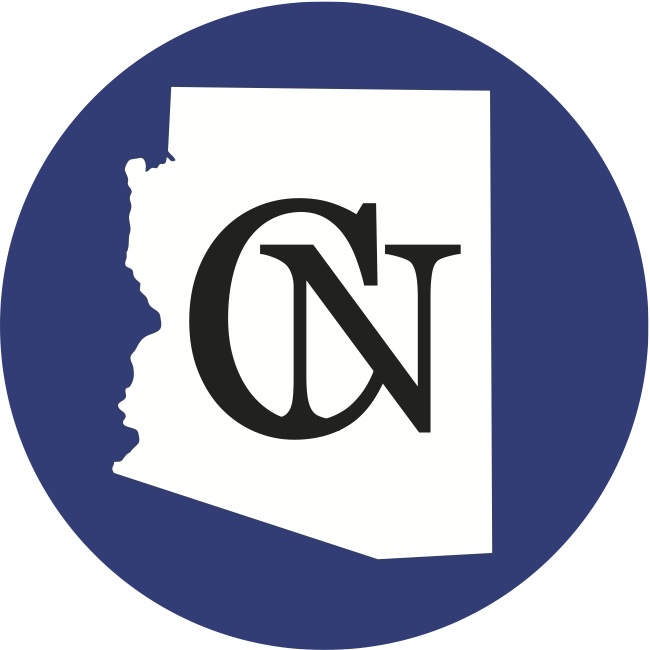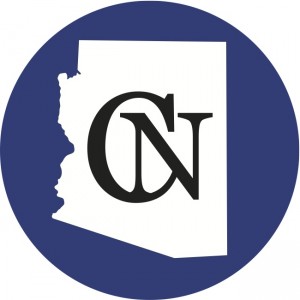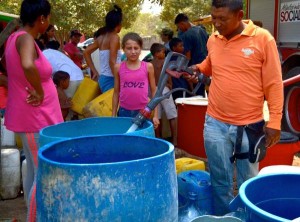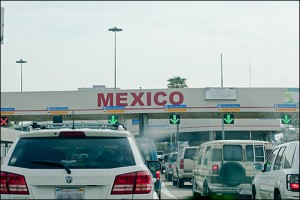By Maryann Batlle
Cronkite News Service
WASHINGTON – Ty Tsosie was taught by his Navajo elders that when he needed spiritual reflection, he could go to the confluence of the Colorado and Little Colorado rivers, a sacred place to the tribe.
“If you feel good about something, if you feel down about something, you go out there and pray,” Tsosie said.
But he fears that in the not-too-distant future he could be sharing that sacred place on the eastern rim of the Grand Canyon with camera-toting tourists.
A tribal chapter last month gave preliminary approval to a proposed 420-acre development at the confluence that calls for a hotel, RV park, motels, fast-food restaurants and a Navajo “cultural center.” A “gondola tramway” would take visitors to the floor of the Grand Canyon, where an elevated walkway near the river would lead tourists to a restaurant.
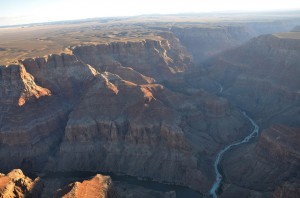
“You’ll have pavement. You’ll have people coming around,” Tsosie said. “Who’s going to be praying in front of a tourist site?”
But supporters of the Grand Canyon Escalade project argue that there is already considerable tourism at the site, from hikers, rafters and others who may not revere the site as much as the Navajo do. They say the project would give the tribe better management of the site while providing a much-needed boon to a struggling Navajo economy, which is particularly depressed on the western edge of the reservation where the confluence is located.
Far from harming the tribe, the Grand Canyon Escalade project will help preserve Navajo culture by creating jobs that would keep more people on the reservation, said state Rep. Albert Hale, D-Window Rock, the general counsel for the developers.
“We’re pushing our children away from our culture, away from our language away from our ceremonies. I don’t want this. I want our children to be here,” Hale said.
The project is being developed by Confluence Partners LLC, a group of three enrolled Navajo tribe members and five non-Navajo men. Their plan calls for the Navajo Nation to spend about $60 million for infrastructure, such as roads and power lines, while private investors would pay for the first phase of development, expected to cost about $125 million, said Michele Crank, a spokeswoman for the developers.
The Bodaway/Gap Chapter of the tribe voted – barely – in October to give the project the green light, after twice passing resolutions earlier in the year in opposition to the development. The chapter would cede the land for the project.
The 59-52 vote in support came after a heated meeting that had to be shut down by police, in what has become an increasingly contentious debate for tribal members. The subject is dividing friends and family on and off the reservation and Crank, a Navajo herself, said she and others in the development group have received threats.
“In all honesty, in all of the meetings I have been in, I have never seen such disrespect as I have seen coming from the opponents,” Crank said.
Navajo Nation police abruptly ended a Sept. 26 chapter meeting after attendees began to argue with each other.
“Nobody was hurt and nobody was arrested or anything like that. It was just out of precaution,” said Erny Zah, a spokesman for the president and vice president of the Navajo Nation.
A few days later, Bodaway-Gap members returned and voted to support the project, at a meeting that was watched by tribal and state police with an ambulance parked nearby, according to the Navajo Times and Don Yellowman, a voting member of the chapter.
Yellowman, president of the grassroots Navajo organization Forgotten People, said the chapter officials and the tribal government were trying to send a message with the police presence that “no matter what, even if a riot broke out, this vote will be carried out.”
He said there are still many unanswered questions about the development.
“Because of that, it’s causing division and animosity in the community,” Yellowman said.
Chapter officials did not reply to repeated phone calls or emails seeking comment.
But Hale, a former president of the Navajo Nation, said developers have shared the facts with the public.
“People have been very emotional and aggressive with their statements, but I just tell them what I see,” Hale said.
Confluence Partners estimates the project would produce about 2,000 permanent jobs after complete build-out, an enticing number on a reservation that has an estimated unemployment rate between 40 and 50 percent.
And Bodaway-Gap is believed to be even worse off.
The area fell under a 1966 federal policy known as the Bennett Freeze that halted all development on about 1.5 million acres of land while a border dispute between the Hopi and Navajo was settled. That stalled any prospect of progress on the Bennett Freeze lands: People there went without basic infrastructure, such as electricity and running water, for about 40 years.
Many residents of the affected communities left the area before the Hopi and Navajo settled their issues in 2006. President Barack Obama in 2009 ended the federal development ban there, but the stunted communities are still trying to find ways to overcome the freeze’s legacy.
While Hale maintains that the Grand Canyon Escalade project would be an important step toward economic recovery, Tsosie and other opponents see it as a step in the wrong direction.
Tsosie, who is one of many who had to leave the area in search of opportunity, believes tribal leaders can come up with other ways to boost the economy.
“We feel betrayed that our own tribe, our own people are agreeing with this project,” he said.
Tsosie – who like Yellowman is a member of Save the Confluence movement determined to stop the Grand Canyon Escalade – thinks developers are purposely “side-stepping the people.”
“It seems like they’re just trying to jam this down our throat,” he said.
For the moment, the project is stalled, waiting for action from the Navajo Nation.
Navajo President Ben Shelly, an original backer of the project, had given developers until the end of the year to muster tribal support for Grand Canyon Escalade.
While developers are hopeful, pointing to the approval by the Bodaway/Gap chapter and to a petition supporting the project that Crank said collected 2,700 signatures, they have also pushed back their projected opening date from 2015 to 2016.

